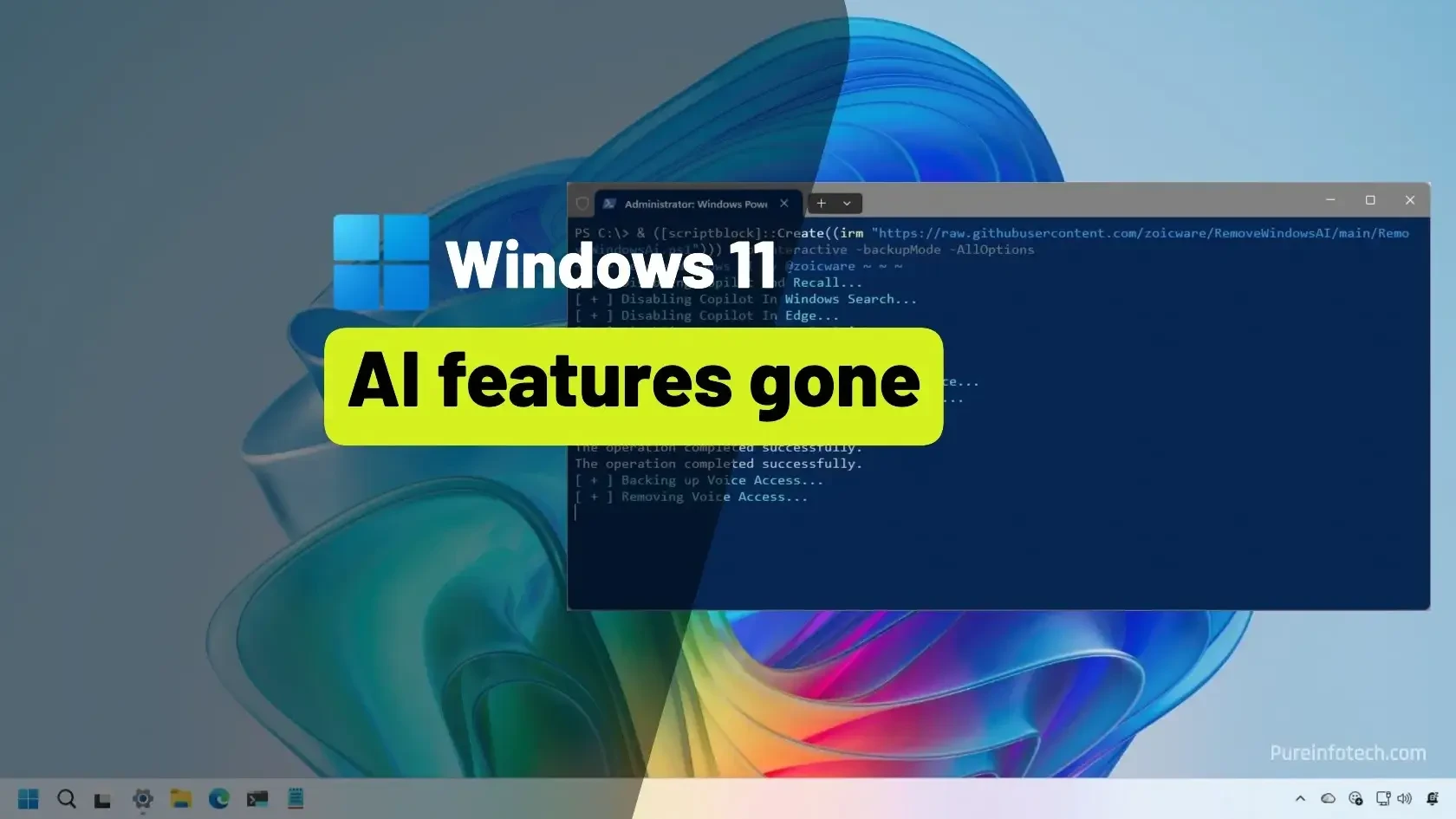Imagine pulling out a Star Wars-themed smartphone at a cafe—instant conversation starter, right? I mean, who wouldn't want to geek out over the Dark Side while scrolling through social media? Limited edition gadgets like that feel like a blend of tech and fandom, making them super desirable. But here's the thing: do collectors go too far? At what point does our passion for limited editions become just another form of consumerism? I love the unique designs, but I wonder how many people actually use these items versus just keeping them on a shelf. What do you think? Is it about the thrill of the chase, or are we just collecting for the sake of collecting?
#StarWars #LimitedEdition #TechTalk #GadgetGoals #ConsumerCulture
#StarWars #LimitedEdition #TechTalk #GadgetGoals #ConsumerCulture
Imagine pulling out a Star Wars-themed smartphone at a cafe—instant conversation starter, right? I mean, who wouldn't want to geek out over the Dark Side while scrolling through social media? Limited edition gadgets like that feel like a blend of tech and fandom, making them super desirable. But here's the thing: do collectors go too far? At what point does our passion for limited editions become just another form of consumerism? I love the unique designs, but I wonder how many people actually use these items versus just keeping them on a shelf. What do you think? Is it about the thrill of the chase, or are we just collecting for the sake of collecting?
#StarWars #LimitedEdition #TechTalk #GadgetGoals #ConsumerCulture
0 Σχόλια
·0 Μοιράστηκε






